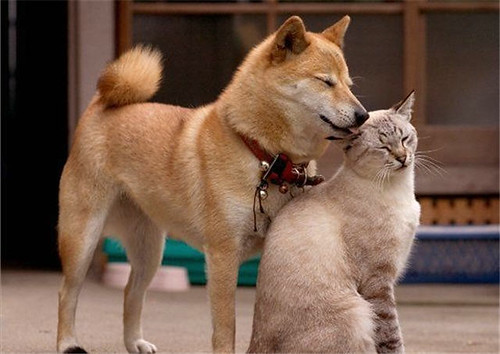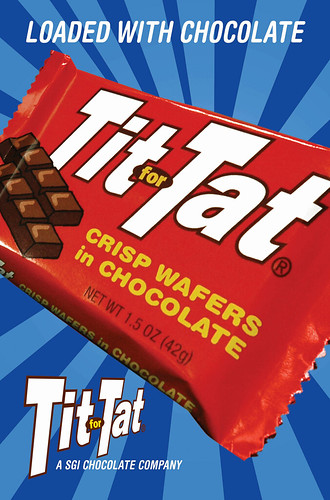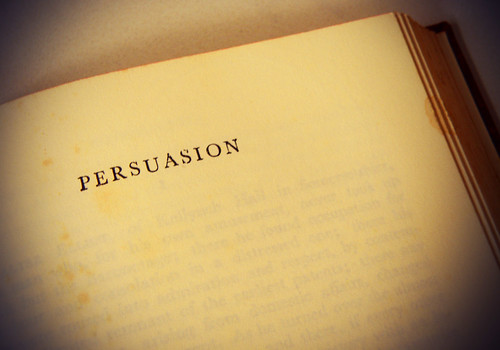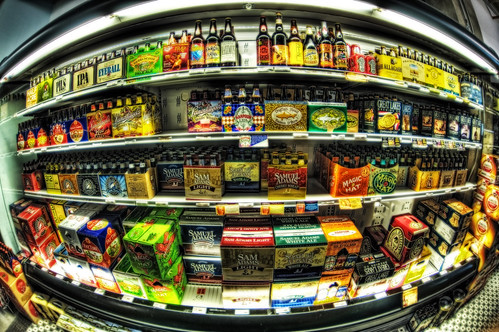How To Speak Persuasively
a Psyblog: Stephen Smith and David Shaffer, for example, tried to convince one group of student participants the legal age for drinking should be kept at 21 (Smith & Shaffer, 1991). Another group they tried to persuade the age should not be 21 (this was shortly after the legal age for drinking in the US was raised to 21). Fast, slow and intermediate speech rates were employed and this time a telling twist emerged. When the message was counter-attitudinal (you'll be…
1 min read
How do you turn enemies into friends?
ke them work to achieve a common goal. Via Wikipedia: Sherif is equally famous for the Robbers Cave Experiments. This series of experiments, begun in Connecticut and concluded in Oklahoma, took boys from intact middle-class families, who were carefully screened to be psychologically normal, delivered them to a summer camp setting (with researchers doubling as counselors) and created social groups that came into conflict with each other. These studies had three phases: (1) Group formation, in which the members of…
1 min read
Should you trust your gut to tell you who is a good person?
mans behave altruistically in one-shot interactions under total anonymity. In search of explanations for such behavior, it has been argued that at least some individuals have a general tendency to behave altruistically independent of profitability. In fact, a stable altruistic trait would be adaptive if it were recognizable. Then, altruists could choose each other in order to retain benefits through mutual cooperation. Previous research has shown that individuals can predict the degree of altruistic behavior of strangers by reading signs…
2 minutes
Is “tit-for-tat” the best way to deal with people?
recent episode of the consistently excellent Radiolab explored the idea, covering the work of Robert Axelrod. Turns out the age old cliche can be an incredibly powerful way to deal with others: A tit-for-tat strategy plays the iterated prisoners' dilemma game by cooperating on the first move, and then making the same choice as the other player did on the previous move. This strategy has been shown to be a very robust in that it does well with a…
2 minutes
Are people more fair with those who are attractive?
ciprocity evolves only when social partners reliably repay, with interest, the investments of others. However, not all individuals are equally able—or motivated—to recompense others satisfactorily. As such, reciprocity relies greatly on the capacities and motives of partners. Apparent health may provide a cue to the value of potential exchange partners in this regard: healthier individuals will tend to live longer and accrue more, higher quality resources, thus increasing the incentives for mutual cooperation. In a monetary exchange task, we show…
1 min read
Does humor mentally disarm us?
is article explores humor's impact on cognitive processing of political messages. Although recent research has pointed to effects of late-night comedy viewing on political attitudes and cognitions (Moy, Xenos, & Hess, 2003; Young, 2004, 2006), scant attention has been paid to the development of a theoretical model to account for these outcomes. This manuscript posits that humor suspends argument scrutiny of the premise of a given text through various cognitive mechanisms involving processing ability and motivation. Four different pathways accounting…
1 min read
Another way to improve your persuasion skills:
ke sure your body language matches your verbal strategy: How can we be more successful in persuading others and increase the odds of behavioral compliance? We argue that when a verbal influence strategy is embedded in a nonverbal style that fits its orientation, this boosts the strategy's effectiveness, whereas a misfit attenuates its impact. In field-experiment 1, agents tried to persuade participants in buying a candybox by using an approach-oriented strategy (Door-In-The-Face, DITF). An eager nonverbal style increased the impact…
1 min read
Do stores trick you into buying more by stocking less?
elf-based scarcity in the form of relative stocking level depletion significantly affects consumer preferences (van Herpen et al. 2009). While both popularity and quality inferences are induced by stocking-level depletion, this paper demonstrates that popularity (rather than quality) inferences are the primary driver of the effect. Shelf-based scarcity is shown to have an impact in the presence of other signals, such as brand names and quality ratings, which indicates its effect may be widespread. However, its effect on preferences is…
1 min read







